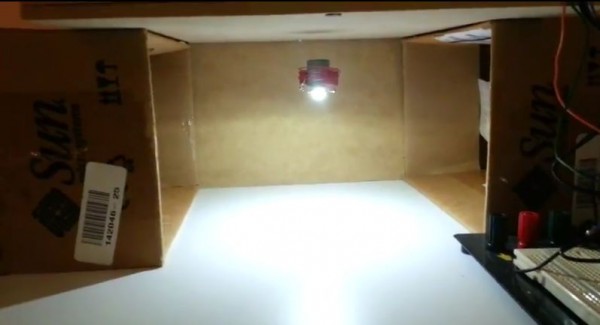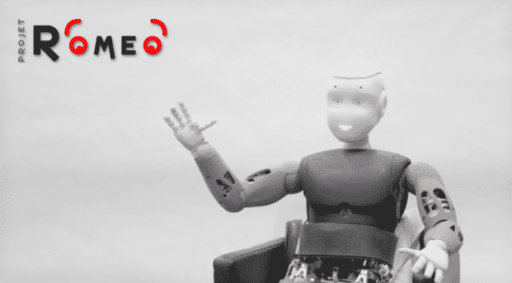Have you seen any “Levitating Light Bulb?” If not, then you are going to see one. 18 year old electrical engineering student Chris Rieger from the University of Queensland, Australia after spending 6 months on a project, has developed a prototype of a levitating light bulb. He calls this LevLight. Rieger’s LevLight is a combination of a magnetic wireless power transfer system and a magnetic levitating control system.
Electrical Engineering student Chris Rieger from the University of Queensland, Australia became inspired by a Jeff Lieberman sculpture called light bulb. After spending 6 months, he successfully made a prototype of the levitating light bulb. The prototype of the LevLight uses magnetic levitation and wireless power transfer to create a really neat LED oddity. Rieger modified a Hall Effect Levitator circuit to include 300 meters (984 feet) of 20awg wire for the electromagnetic drive coil and a 3-pin, 1.325mV/g linear hall effect sensor to provide feedback on the position of the wirelessly suspended light. LevLight uses a low power LED positioned on the bottom of a permanent magnet surrounded by a simple and wireless power transfer circuit.
The circuit Rieger used was from the 4HV electronics. The setup consists of a single wire ring connected to the power source which is made from an old 350W power supply unit and banana plug ports, and pulled 0.5A at 12V. The current adjusts with the coil in order to keep the light unit stationary. The drive coil and wireless mechanism are hidden from view inside a wooden enclosure raised on two cardboard box columns and, with the power switched on, the LED light floats in the space underneath.
Rieger mentioned that when the power to the levitating system is turned off the LED light unit jumps up to attach itself to the base of the wooden box rather than falling to the ground. For more, head over to Chris Rieger.
Have a look at the demo video below.
Source : Chris Rieger
Thanks To : Hack A Day
[ttjad keyword=”solar-device”]



